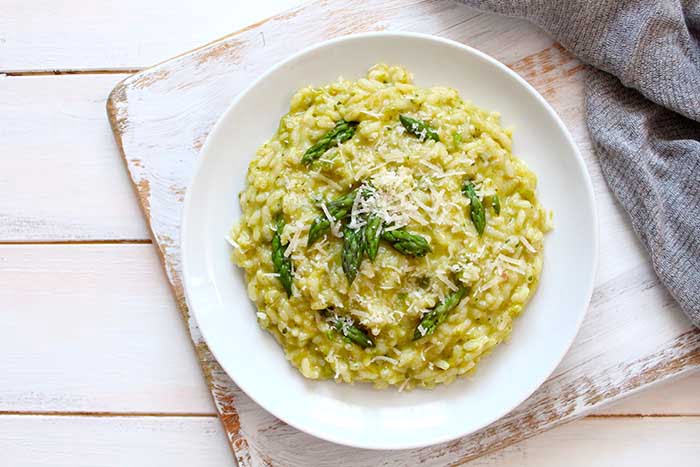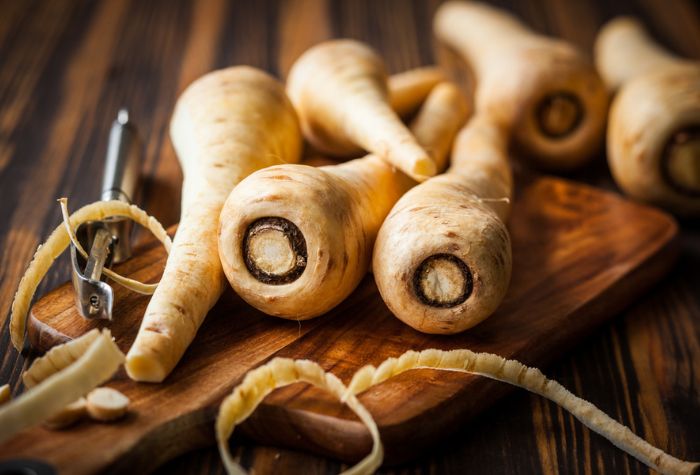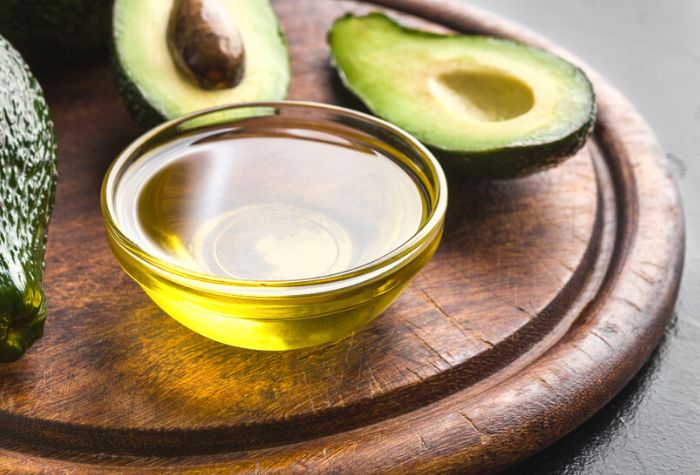Ground sumac spice is a uniquely sharp and tangy ingredient best for stews and kebabs. But what happens when you run out? Here are 5 quick and easy sumac substitutes to get you out of trouble.
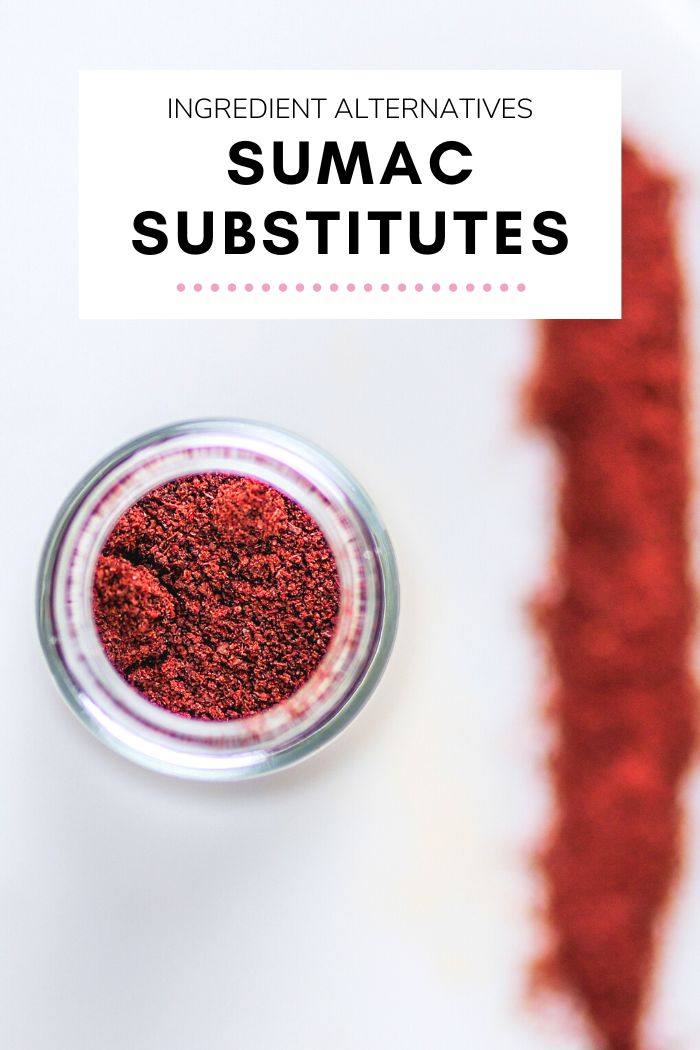
Sumac is a spice that is known for its tangy and sour taste. It can be used in many types of dishes, such as salads, soups, and sauces. Some people call it the “poor man’s lemon.” But what happens when you run out? Here are some substitutes to use instead!
Sumac is an ingredient that has been used in cooking for centuries. Sumac can be found in the Middle East, Northern Africa, and Europe. It’s a great spice to add to dishes because it adds a tangy flavor with a little heat.
Lemon Pepper Seasoning
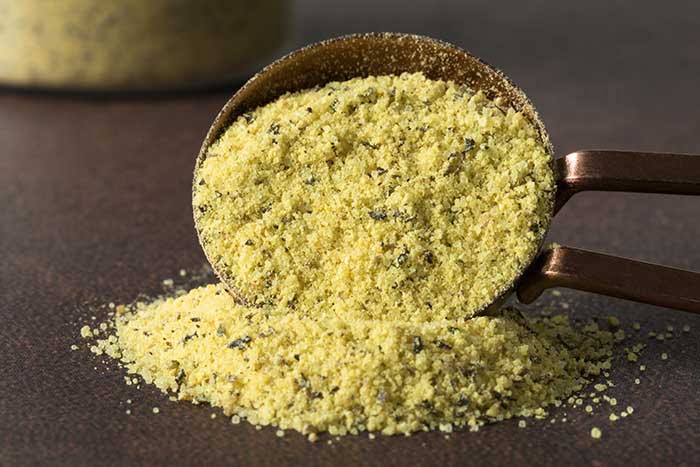
Lemon pepper seasoning is just as you would expect it to be, a mixture of lemon and pepper used as a seasoning. It’s something that you can easily make yourself at home. It’s a great go-to seasoning that you can use on poultry and fish. To make it, all you need is lemon zest, salt (this is optional), and 1/3 cup of ground black pepper.
Mix and pulse the ingredients together. Then spread it out on parchment paper on a baking tray. Pop the tray in the oven and bake on the lowest setting. This is done to dry the lemon zest so that you can store the seasoning better. When you’re happy with it making sure that it’s dry, you can then add it to the spice grinder, then blitz. This is how you get the fine powder you need for on-the-go seasoning.
One of the key characteristics of sumac is that it adds a tartness to dishes. As such, you must look for a substitute that does the same job or better. Sumac is often used for poultry, and lemon pepper seasoning works very well as a sumac substitute because it pairs great with poultry, and seafood, especially when grilled. Also, it mirrors the citrus-like flavor found in sumac.
You will need to use one and a half times more lemon pepper, as you would need sumac.
Za’atar
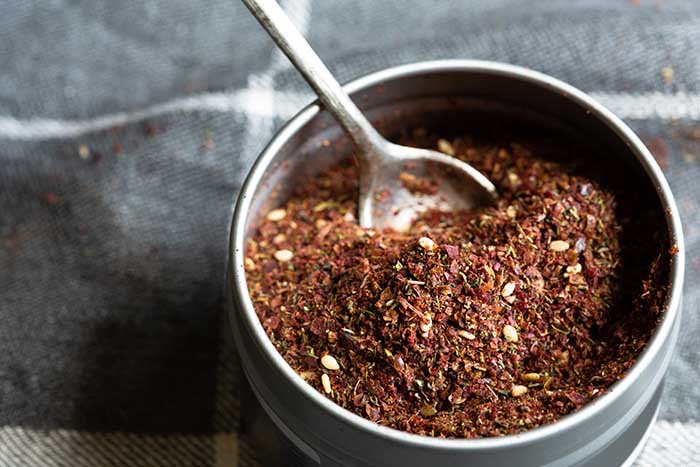
This is a blend of spices that give you different flavors and textures. It’s a combination of other dry, savory spices such as oregano, marjoram, thyme, cumin, coriander, roasted sesame seeds, salt, and sumac. This blend may vary greatly, but this is the general ingredients list that you can expect. The sumac helps give your dish a certain tartness.
Za’atar is a blend of ingredients, and sumac is one of the ingredients used in it. This, therefore, means that you can use the blend in place of sumac, but it will not be the same because sumac is one of the main ingredients. So removing it can cause you to miss out on that flavor.
To use Za’atar, you will need to substitute the sumac in it with two tablespoons of dried lemon peels. When using it as a substitute for sumac in your dish, you will need to use equal parts. So if your recipe called for a teaspoon of sumac, you could use a teaspoon of Za’atar. The rest is up to your preference in terms of taste.
Amchoor
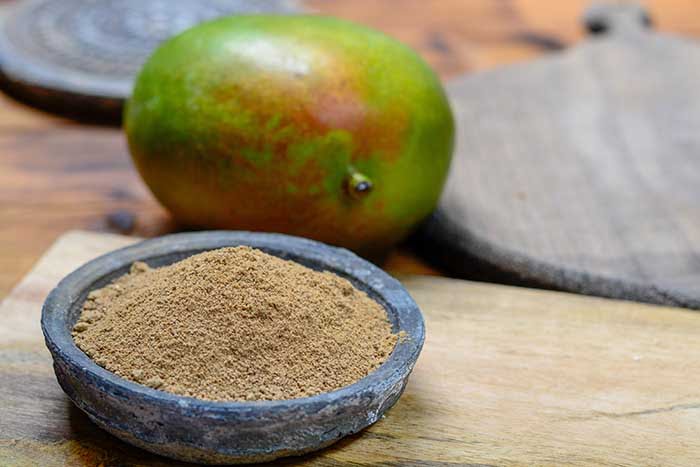
This is also known as dried mango powder. Amchoor is the name by which it is known in India. Its sour and acidic taste makes it a popular souring agent. This is the same thing that you get with sumac. It has a couple of benefits, such as tenderizing meat. It does well in stews and also for braising meat.
It has a tart taste that quickly steps into the place that is held by sumac. The flavor is also fruity and acidic. It is also used in place of lemon in some recipes.
It’s pretty, much more than sumac. As such, you need to use less amchoor than you would use sumac. You may want to taste and make sure that you are not putting in too much. Also, keep in mind that dormant flavors burst into life when you use a dried ingredient when you begin to cook it.
Tamarind

This is a type of fruit found in Africa, taken from the tamarind tree. It is also found in India and Pakistan. Its numerous benefits make it popular for both culinary and medicinal purposes. In recipes, it is often used as a way to heighten flavors in a dish. It pairs well with sweet and savory dishes.
Tamarind has a tangy taste that substitutes sumac very well. It’s very tart and will jump out at you from the dish.
It’s very tart, and as such, it needs to be used in moderation, more so than sumac. You shouldn’t use too much of it in place of sumac. Put it in your food in small amounts and taste as you go along. This way, you will know when it is enough. Remember to start with much less than you would sumac.
Lemon Zest and Salt

Lemon zest is the outer part of the lemon. Often, it is used to garnish food, to give it a bit of a zing. One of the flavors that jump up at you in sumac is acidity. Lemon zest is tart and acidic by nature, and as such, it makes a good substitute.
To get the lemon zest, you will just need to grate some of the skin, making sure that you don’t get to the pith of the lemon. This is the white flesh that can sometimes be a bit bitter. You don’t want any part of that in your seasoning. When you mix this with salt, you get a good substitute for sumac.
The combination of lemon zest and salt is a good substitute because it is tart and acidic, providing the same flavor as sumac does.
To zest the lemon, you can use a grater with small slots or a zester as long as you get the outer bits and avoid the white pith. The measurements for substitution are equal, one to one.

